Fostered by Iran, Hezbollah emerged after Israel’s 1982 invasion and amid the chaos of the Lebanese civil war. The Shiite movement evolved from a shadowy militia to become a political powerbroker and the world’s most heavily armed non-state actor four decades later.
Tehran's role has been critical throughout that period. It dispatched some 1,500 trainers and advisers to Lebanon’s eastern Bekaa Valley in the 1980s to mobilize, train, fund and equip a new underground militia that evolved into Hezbollah.
In its early years, Hezbollah launched attacks against Israeli and Western forces, including two U.S. embassies, and U.S. Marine peacekeepers. Its guerrilla tactics, including suicide bombings, eventually pushed U.S. forces to leave in 1984 and Israel to fully withdraw in 2000.
In the 2006 war with Israel, Hezbollah applied new tactics. Hezbollah fired some 4,000 rockets at Israel during the 34-day conflict. It also launched at least three drones at strategic sites in Israel and rammed an explosive-carrying drone into an Israeli warship. Hezbollah had also hardened its defenses and trained its fighters in a more disciplined way. “Today we can say proudly that if any Israeli government decides to launch war in the future, it will take into consideration that war with Lebanon will not be a picnic,” Nasrallah said in August 2006.
By 2024, Hezbollah had evolved into a militia more capable than many armies in the Middle East. It had four decades of operational experience both inside Lebanon and elsewhere in the Middle East, especially Syria. It accumulated a diverse arsenal of weapons, largely with the assistance of Iran.
Missiles and Rockets
Iran has transferred weapons to Hezbollah via land, sea and air corridors for years. By the start of the 2006 war with Israel, Hezbollah had accumulated some 15,000 rockets and missiles. Since 2016, Iran has reportedly provided conversion kits to upgrade Hezbollah’s unguided rockets to precision-guided missiles capable of hitting deep into Israel. The suitcase-sized kits can add a GPS navigation and guidance system that increases the Zelzal-2’s accuracy and range to 300 km, or 185 miles. Engineers can reportedly convert a Zelzal-2 in two to three hours; the cost of converting an imprecise rocket into a guided missile costs between $5,000 and $10,000.
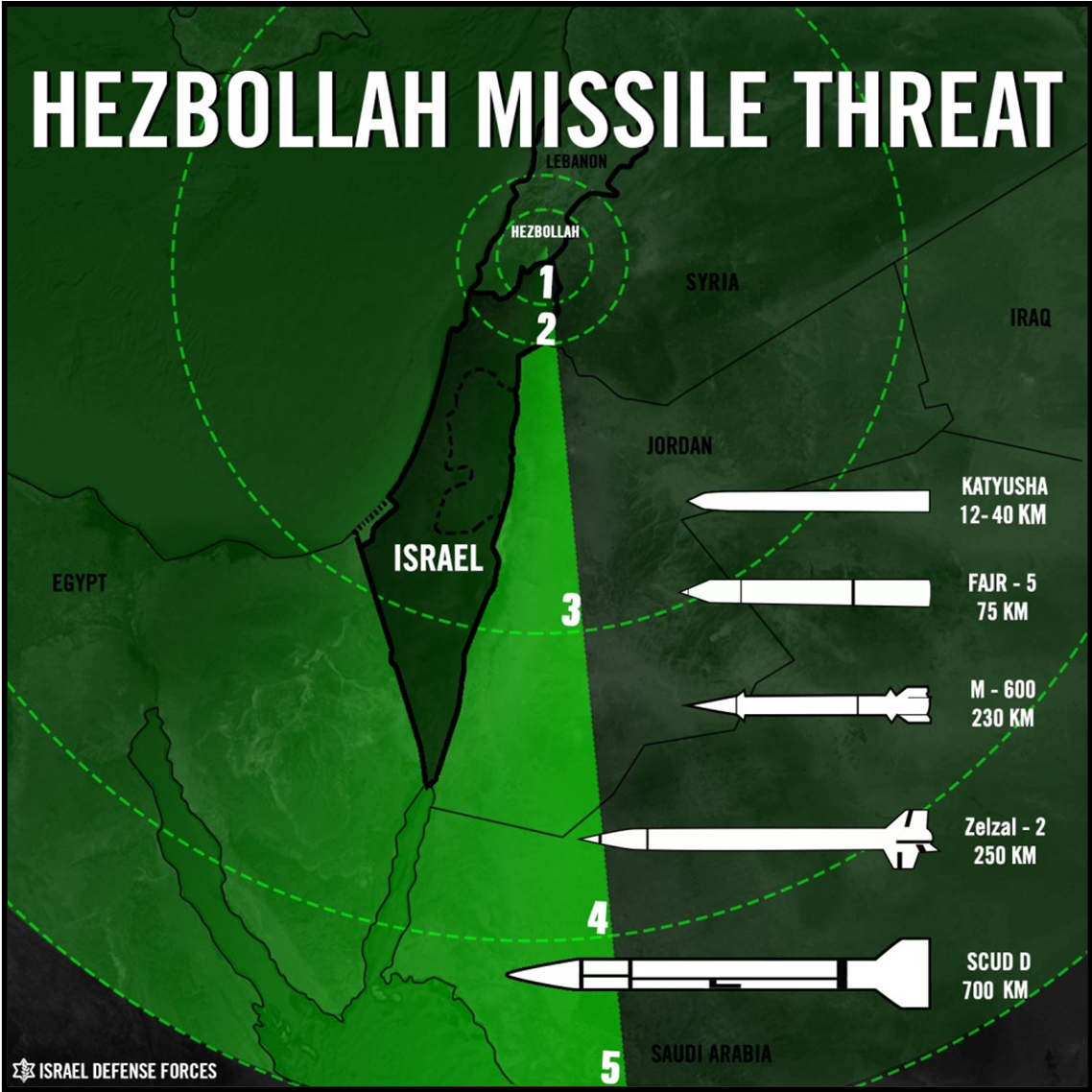
Between 2016 and 2019, Hezbollah converted between 20 and 200 missiles, the Britain Israel Communications and Research Centre estimated. In June 2022, Israel struck Damascus’s airport to disrupt Iran’s smuggling of conversion kits via Syria using commercial flight hand baggage. The attack stopped all flights in and out of Damascus for several weeks.
Estimates of Hezbollah’s arsenal as of 2024 varied widely. Some experts assessed that Hezbollah could have up to 200,000 rockets and missiles while the Almaa Research and Education Center in Israel published a more conservative estimate of 75,000. Observers, however, generally agreed that Hezbollah’s arsenal was primarily made up of unguided munitions, which could still heavily tax Israel’s defenses. In June 2024, U.S. officials assessed that some of Israel’s Iron Dome batteries could be overwhelmed in a full-scale war with Hezbollah.
Hezbollah has primarily used shorter-range rockets against Israel and reserved its more accurate and longer-range rockets and missiles. So, assessing the full extent of its capabilities was difficult. “So far, we have fought with a portion of our weapons and acquired new ones, the nature of which will become evident on the battlefield,” Nasrallah warned in June 2024.
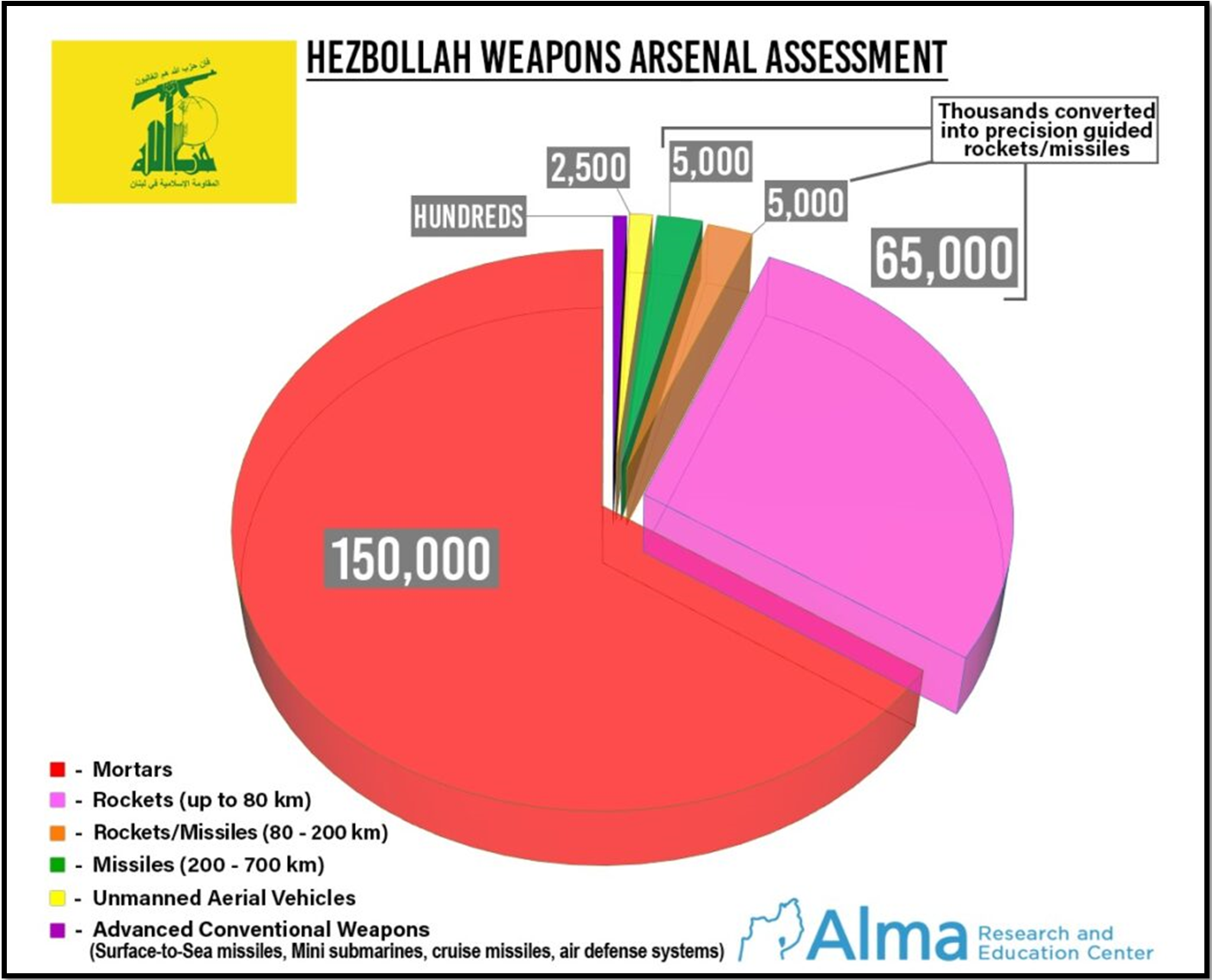
Between October 2023 and July 2024, Hezbollah fired more than 6,000 rockets at Israel amid tit-for-tat attacks. But the militia had the capacity to launch 2,500 to 3,000 rockets per day if a full-scale war were to break out, according to a 2024 Reichman University study. Hezbollah’s rocket and missile inventory included:
Short-range Unguided Rockets
Katyusha
- Introduction: 1992 or earlier
- Range: 4 km to 40 km (2.5 mi to 25 mi)
- Warhead of up to 20 kilograms (44 pounds)
Fajr-1
- Range: 8 km to 10 km (5 mi to 6 mi)
- Warhead: 8 kg (18 lbs)
Burkan
- Introduction: 2016 or earlier but first used against Israel in 2023
- Range: 10 km (6 mi)
- Warhead: 100 kg to 500 kg (220 lbs to 1100 lbs)
Falaq-1
- Introduction: Used by Hezbollah during the Syrian Civil war but first used against Israel in 2024
- Range: 10 km to 11 km (6 mi to 7 mi)
- Warhead: 50 kg (110 lbs)
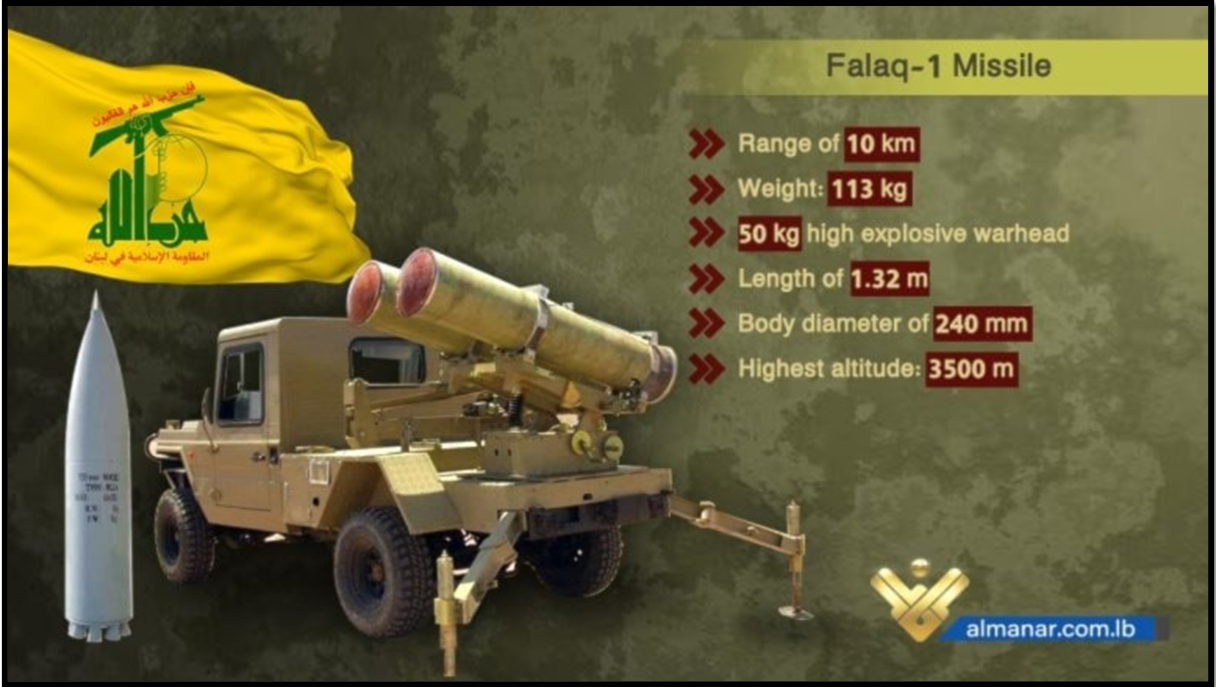
Falaq-2
- Introduction: First used against Israel in 2024
- Range: 10 km to 11 km (6 mi to 7 mi)
- Warhead: 120 kg (265 lbs)
Shahin-1
- Range: 13 km (8 mi)
- Warhead: 190 kg (420 lbs)
Type 81
- Range: 5 km (13 mi)
- Warhead: 39 submunitions
Long-Range Unguided Rockets
Fajr-3
Fajr-5

Raad-2/Raad-3
- Introduction: First used against Israel in 2006
- Range: 60 km to 70 km (37 mi to 43 mi)
- Warhead: 50 kg (110 lbs)
Khaibar-1
- Introduction: First used against Israel in 2006
- Range: 100 km (62 mi)
- Warhead: 150 kg (330 lbs)
Short-range Unguided Ballistic Missiles
Zelzal-1
- Introduction: Received from Iran in the 2000s
- Range: 125 km to 160 km (77 mi to 100 mi)
- Warhead: 600 kg (1,300 lbs)
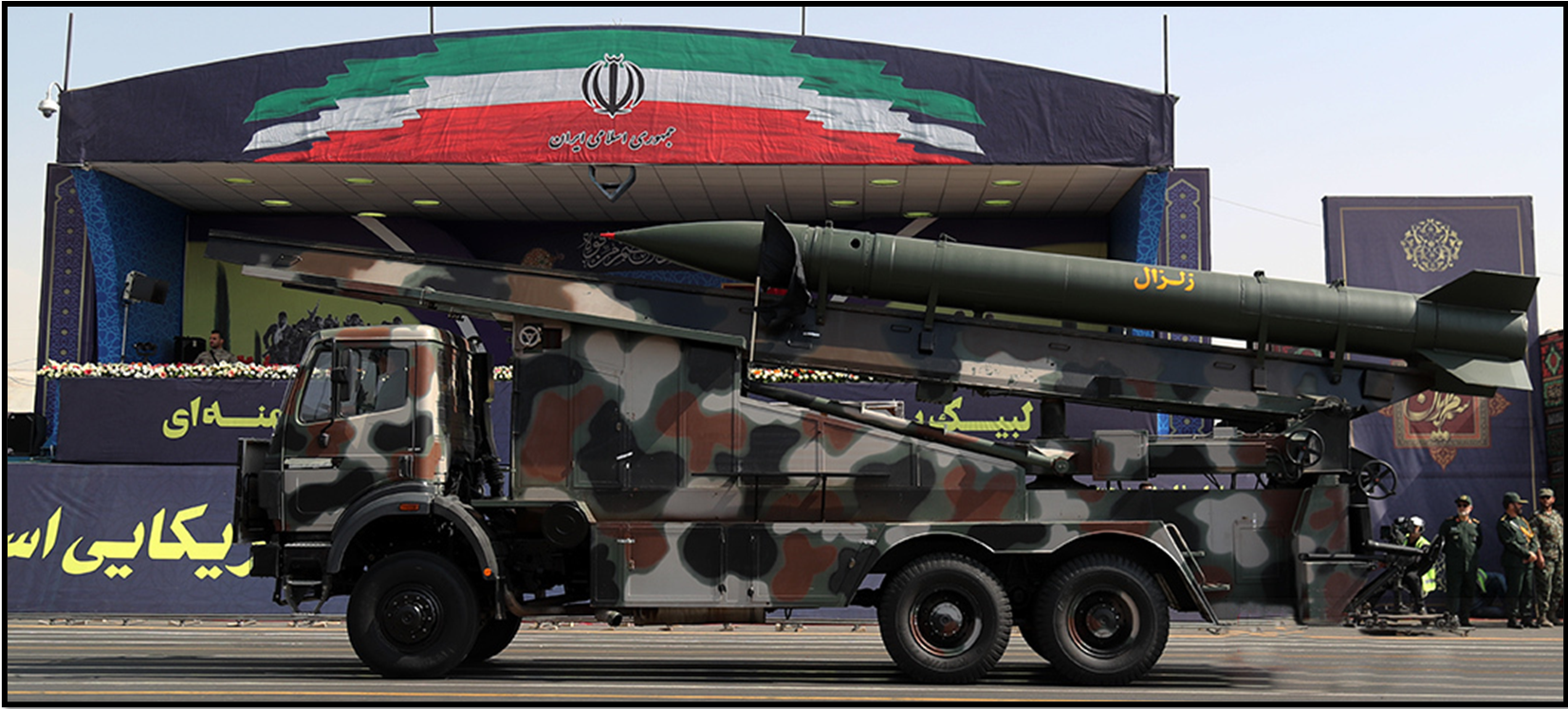
Zelzal-2
- Introduction: As early as 2002
- Range: At least 210 km (130 mi)
- Warhead: 600 kg (1,300 lbs)
Intermediate-Range Unguided Ballistic Missiles
Scud-B/C/D
- Introduction: Unconfirmed transfers from Syria as early as 2009
- Range: 300 km to 550 km (185 mi to 340 mi) or more
- Warhead: 600 kg to 985 kg (1,300 lbs to 2,170 lbs)
Short-range Guided Ballistic Missiles
Fateh-110/M-600
- Introduction: 2007 for Fateh-110s (from Iran) and 2010 for M-600s (from Syria)
- Range: 250 km to 300 km (155 mi to 185 mi)
- Warhead: 500 kg (1,100 lbs)
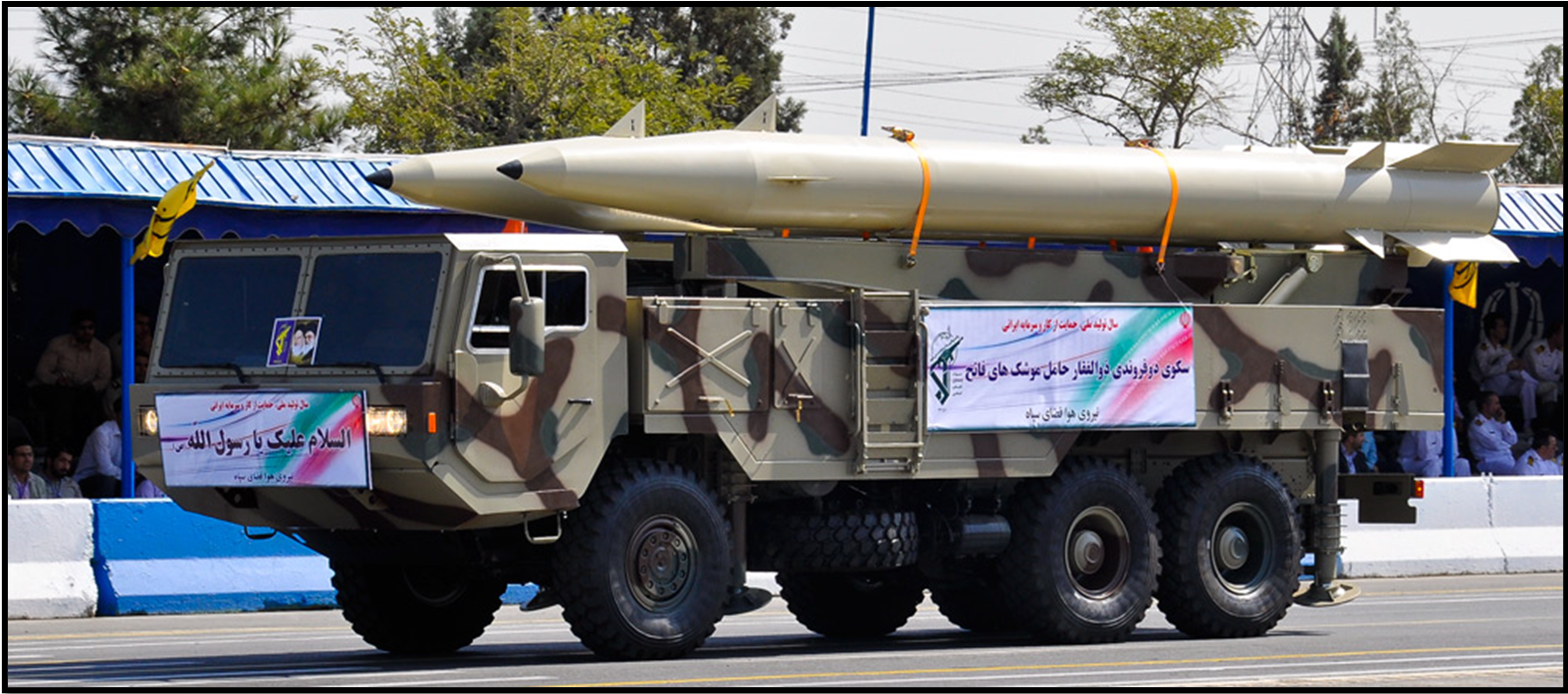
Drones
Since 2004, Iran has transferred drones and provided training on flying drones to Hezbollah. Hezbollah has used drones to spy on an Israeli nuclear reactor, ram into an Israeli warship, kill Syrian jihadi fighters, and attack military targets in Israel. Hezbollah’s drones have ranges of 150 km to 1,700 km, or 93 mi to 1,056 mi, and can carry payloads weighing up to 150 kg (330 pounds).
Hezbollah launched its first unmanned aerial vehicle (UAV) in 2004. Iran reportedly provided the Lebanese militants with drone components and taught them how to fly UAVs remotely. Hezbollah initially used its UAVs exclusively to spy on and attack Israel. But Hezbollah expanded its drone operations into Syria when it joined the civil war on the side of President Bashar al Assad in 2012.
As of mid-2024, Hezbollah had approximately 2,500 UAVs, according to the Alma Research and Education Center. It had several models that could attack or surveil targets. Between October 2024 and July 2024, Hezbollah launched more than 300 drones at Israel. Many were relatively unsophisticated suicide models. But Hezbollah also demonstrated new capabilities. On May 16, 2024, it launched a drone armed with two S-5 rockets.
The militia often launched drones along with rockets to penetrate Israeli airspace. For example, Hezbollah launched 30 suicide drones and 150 rockets on 15 Israeli positions on June 13, 2024. It was Hezbollah’s largest drone assault since the conflict began. In a full-scale war, Hezbollah could try to overwhelm Israel’s Iron Dome system using a combination of drones, rockets and missiles. Hezbollah’s drones included:
Mirsad-1
- Iranian equivalent: Ababil-T or Mohajer-2
- Introduction: First used against Israel in 2004
- Mission: Attack (suicide) or intelligence, surveillance and reconnaissance (ISR)
- Range: At least 120 km (75 miles)
- Payload: 40 kg (90 lbs)
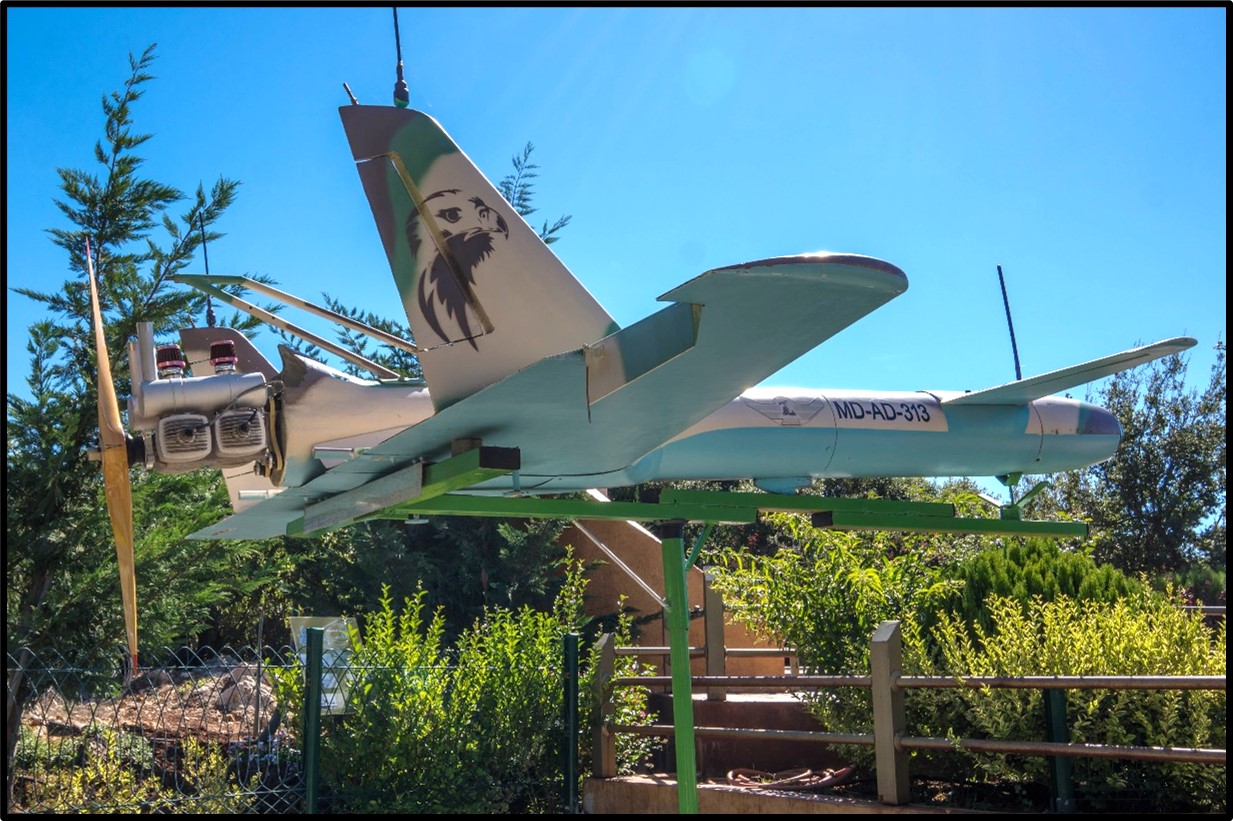
Mirsad-2
- Iranian equivalent: Mohajer-4
- Introduction: Around 2003
- Mission: Combat or ISR
- Range: 150 km (90 mi)
- Payload: 15 kg (33 lbs)
Ababil-2
- Introduction: Transferred from Iran in 2002 but first used against Israel in 2006
- Mission: Attack or ISR
- Range: 150 km (90 mi)
- Payload: 40 kg to 50 kg (110 lbs)
Ma’arab
- Iranian equivalent: Yasir
- Introduction: As early as 2006 and used by Hezbollah during the Syrian Civil War (2011-ongoing)
- Mission: ISR and potentially attack (suicide)
- Range: 200 km (125 miles)
- Payload:
Shahed-101
- Introduction: First used against Israel in 2024
- Mission: Attack (suicide)
- Range: 800 km to 900 km (497 mi to 559 mi)
- Payload: 10 kg (22 lbs)
Ayoub
- Iranian equivalent: Shahed-129
- Introduction: Transferred from Iran and first used against Israel in 2012
- Mission: Attack or ISR
- Range: At least 1,700 km(1,056 miles)
- Payload: 150 kg (330 pounds)
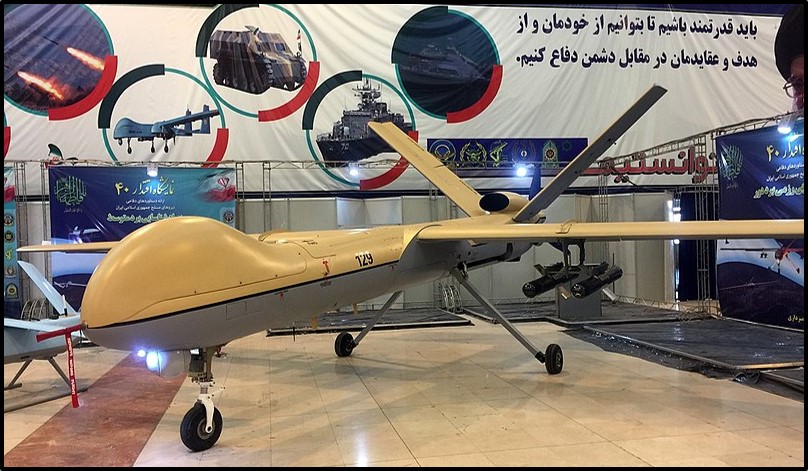
Hudhud
